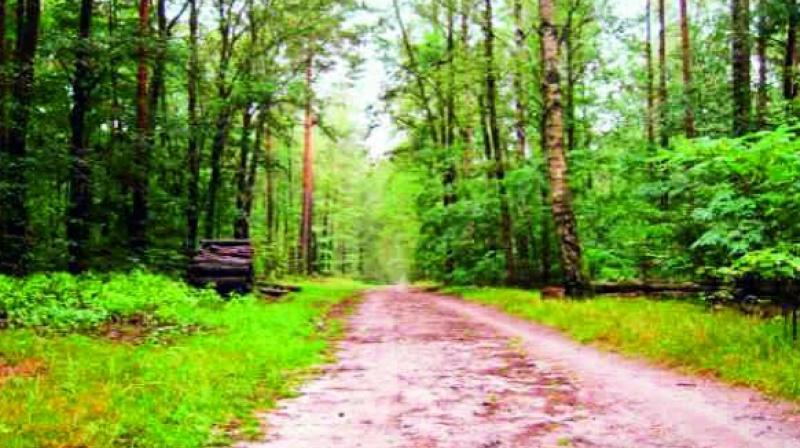Cell coverage not good for forest wildlife
All human footprints should vanish for animals welfare: Study.

Hyderabad: While making decisions regarding wildlife and nature conservation, it is important to learn from the behaviour patterns of wildlife and allow these indicators to influence decision-making.
It is not simply enough to ensure that there is no human footprint in forests that are meant as conservation sites, rather all signs of civilisation need to be removed from there. According to a study in Biological Conservation, many forests that have a zero Human Footprint Index or are categorised as roadless, still have extensive cellphone coverage.
Human Footprint (HFP), is a map that measures human influence on global ecosystems, and this takes into consideration roads, lighting at dusk and population density of humans. This study looked at the distributions of 45 medium and large mammal species in the Brazilian Atlantic Forest and compared that data to the distribution of cell towers in the region. Threatened species like jaguars were hardly sighted in the areas where cellphone coverage was high, even without any human footprint.
Even though it might seem obvious that the very presence of phone networks would push out wildlife from their habitats, this data has never been used to make conservation decisions before. The study which used cellphone network coverage as an indicator says, “The map comparing roadless areas and cellphone coverage showed many patches where human influence could be identified only through the cellphone coverage methodology.”
Apart from using it to measure human influence, only 4 percent of sightings of rare species occurred in locations where you could make a mobile phone call.
“It is disheartening that people cannot put two and two together to figure out that if cellphone radiation harms humans, it can harm animals as well. The problem is the extensive usage near wildlife. It has become a sign of encroachment as well. We have seen studies stating that cellphone usage can affect fertility as well. The same applies to animals too,” said Srinivas Rao, forest official.

